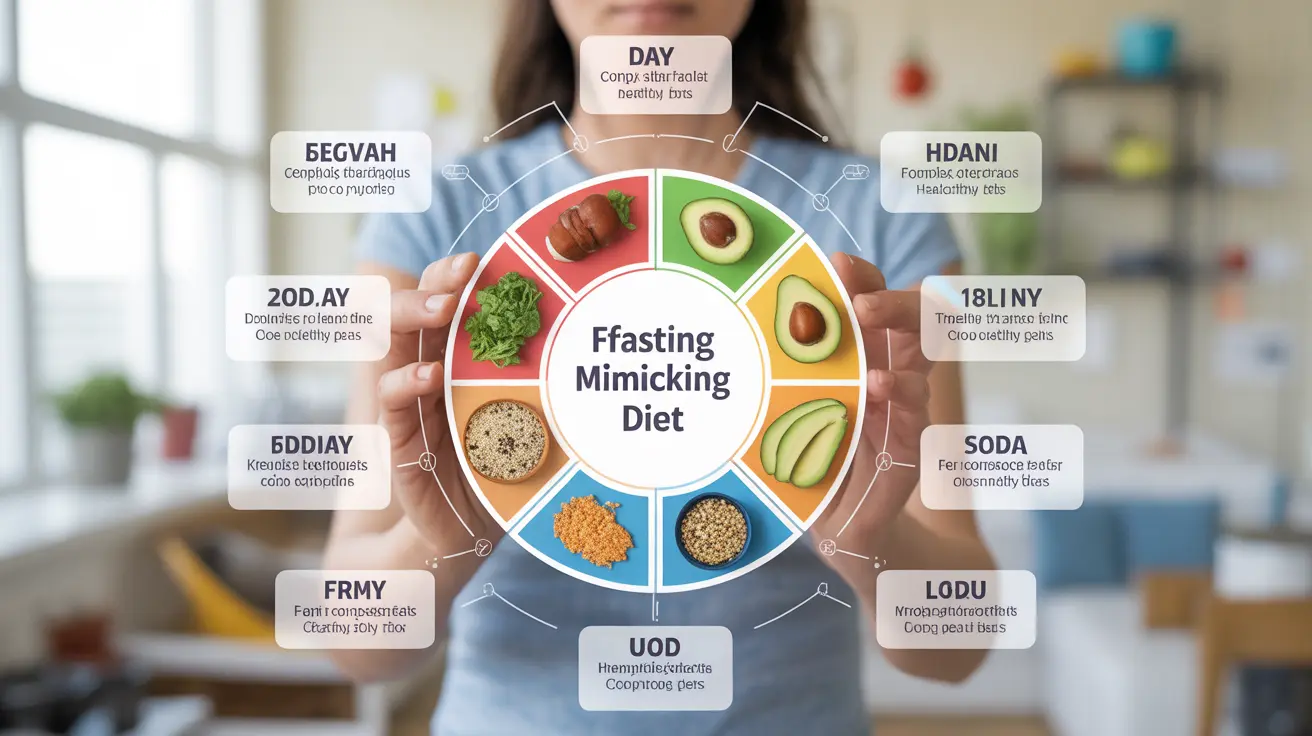The fasting mimicking diet (FMD) represents a revolutionary approach to achieving the benefits of fasting while still consuming carefully selected foods. Unlike traditional fasting methods that require complete food abstinence, this scientifically designed eating pattern tricks your body into thinking it's fasting while allowing you to maintain essential nutrition.
This innovative dietary approach has gained attention in the medical community for its potential to promote cellular renewal, support metabolic health, and address various age-related conditions. Let's explore how this unique dietary protocol works and its potential benefits for your health.
Understanding the Fasting Mimicking Diet
The fasting mimicking diet is a five-day reduced-calorie program that provides specific macronutrient ratios designed to simulate the physiological effects of fasting. During these five days, participants consume a specially formulated, plant-based diet that's low in proteins and carbohydrates but relatively high in healthy fats.
The diet typically provides about 40% of normal caloric intake, with approximately 1,100 calories on day one and 800 calories on days two through five. The careful balance of nutrients helps maintain essential nourishment while triggering the body's fasting response mechanisms.
Key Components and Protocol
Nutritional Structure
The fasting mimicking diet follows a specific nutritional breakdown:
- Day 1: Higher calories (1,100), comprised of complex carbohydrates and healthy fats
- Days 2-5: Reduced calories (800), with precise macro ratios
- Plant-based foods only
- Low protein intake
- Moderate healthy fat consumption
Implementation Schedule
For optimal results, the fasting mimicking diet is typically followed for five consecutive days per month. This cycle can be repeated monthly for three months, followed by maintenance phases where the protocol is performed every few months as needed.
Scientific Benefits and Mechanisms
Research has shown that the fasting mimicking diet can trigger several beneficial biological processes:
- Autophagy (cellular cleaning)
- Stem cell activation
- Reduced inflammation
- Enhanced metabolic efficiency
- Improved insulin sensitivity
These mechanisms contribute to the diet's potential health benefits, including cellular regeneration, improved metabolic markers, and possible longevity effects.
Safety Considerations and Contraindications
While the fasting mimicking diet can be beneficial for many people, certain individuals should avoid or seek medical supervision before starting:
- Pregnant or nursing women
- People with eating disorders
- Individuals with diabetes requiring medication
- Those with certain chronic medical conditions
- Underweight individuals
- People with a history of severe hypoglycemia
Frequently Asked Questions
What is a fasting mimicking diet and how does it differ from traditional fasting?
The fasting mimicking diet allows small amounts of specific foods while triggering the same biological benefits as complete fasting. Unlike traditional fasting where no food is consumed, FMD provides carefully calculated nutrients that don't interrupt the fasting state while maintaining essential nourishment.
What are the main health benefits of following a fasting mimicking diet?
The main benefits include cellular regeneration, reduced inflammation, improved metabolic health, potential weight loss, and enhanced cognitive function. The diet may also support longevity and help protect against age-related diseases.
Who should avoid the fasting mimicking diet and what are its potential risks?
Pregnant women, people with eating disorders, those with diabetes requiring medication, and individuals with certain chronic conditions should avoid this diet. Potential risks include temporary fatigue, hunger, and headaches during the fasting period.
How many days per month should the fasting mimicking diet be followed for best results?
The recommended protocol is five consecutive days per month, typically repeated for three months initially. After this, the diet can be followed every few months for maintenance, depending on individual health goals and medical advice.
Can the fasting mimicking diet help with conditions like diabetes, inflammation, and aging?
Research suggests that the fasting mimicking diet may help improve insulin sensitivity, reduce chronic inflammation, and slow certain aspects of the aging process. However, individuals with diabetes should consult their healthcare provider before starting this diet.




